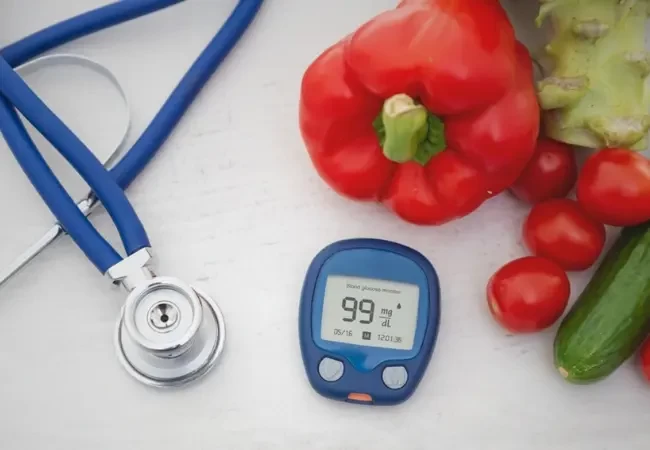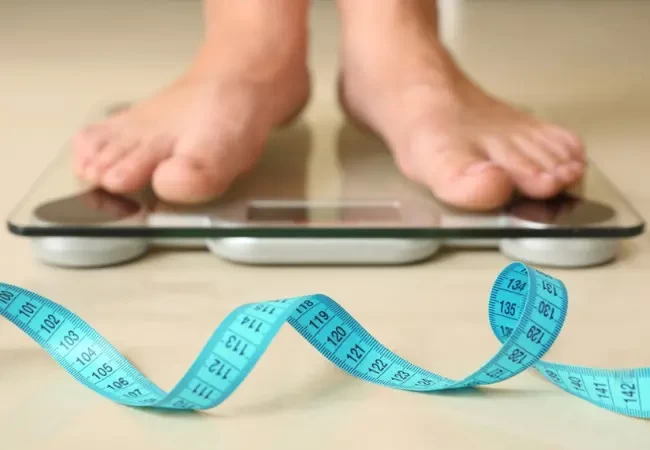Blog
Bone Diseases
& Diabetic

Common Bone Diseases Found in Diabetic Patients
 Medically reviewed by: Dr. Tom Babu, Medical Director, Consultant Diabetologist & Endocrinologist - Written by Jasni Salim - Updated on 21 October 2024
Medically reviewed by: Dr. Tom Babu, Medical Director, Consultant Diabetologist & Endocrinologist - Written by Jasni Salim - Updated on 21 October 2024If you have diabetes, you might have a higher chance of getting problems with your bones and joints. This could happen because of issues like nerve damage, blood vessel problems or being overweight. Sometimes, it is not clear why these issues happen. Find out more about diabetic bone disease and joint problems including what they feel like and how to treat them.
Various Diabetic Bone Disease and Joint Problems
Have a look at different diabetic bone diseases and joint problems right below.
Charcot Joint
What is it?
Charcot joint is also known as neuropathic arthropathy which happens when a joint gets damaged due to nerve problems and it is often seen in people with diabetes. This condition mainly affects the feet.
What are the symptoms?
You might feel numbness, tingling or less feeling in the affected joints. They can get warm, red, swollen and may become wobbly or misshapen. The joint might not hurt much even though it looks bad.
How is it treated?
If found early, the disease's progress can be slowed down. Reducing activities that put weight on the affected joint and using special supports can help.
Limited Joint Mobility
What is it?
Limited joint mobility which is also known as diabetic hand syndrome or diabetic cheiroarthropathy is when the small joints in the hands become stiff. The skin on the hands might look thick and waxy. Over time, it can be hard to move the fingers. Other joints like the shoulders, feet and ankles can also be affected. Doctors are not sure what causes limited joint mobility but it is more likely to happen to people who have had diabetes for a long time.
What are the symptoms?
You might find it hard to stretch your fingers out all the way or to press your palms together flat.
How is it treated?
Managing blood sugar well and doing physical therapy can help slow down this condition but the limited movement might not go back to normal.
Osteoporosis
What is it?
Osteoporosis is a condition that makes bones weak and more likely to break. People with type 1 diabetes are more likely to develop osteoporosis.
What are the symptoms?
In the beginning, osteoporosis usually does not show any signs. As it gets worse, you might notice you are shorter, have a hunched back or you might break bones easily.
How is it treated?
To stay healthy, it is important to exercise like walking and eat a good diet with plenty of calcium and vitamin D using supplements if necessary. For some people with serious bone problems, medicine might be required to help stop bone loss or make bones stronger.
What is the role of DEXA scanning in osteoporosis?
A DEXA scan checks how much calcium and other minerals are in your bones. This tells you how strong and thick your bones are. It can help find osteoporosis early before a bone breaks and can also show the risk of having a fracture.
Osteoarthritis
What is it?
Osteoarthritis is a joint problem where the cushioning in the joints breaks down. It can happen in any joint in the body. People with type 2 diabetes are more likely to get osteoarthritis, mostly because they may be overweight which is a risk for diabetes.
What are the symptoms?
Osteoarthritis can make your joints hurt, swell and feel stiff. It can also make it hard to move them.
How is it treated?
Treatment includes exercise, keeping a healthy weight, taking care of and resting the hurt joint, physical therapy and taking pain medicine. Sometimes, surgery like knee or hip replacement may be needed. Other helpful methods like acupuncture and massage can also reduce pain.
DISH
What is it?
Diffuse idiopathic skeletal hyperostosis or DISH is a condition where the tendons and ligaments in the spine become hard. It is sometimes linked to type 2 diabetes possibly because insulin or similar substances in the body can encourage new bone growth.
What are the symptoms?
You might feel pain, tightness or trouble moving in any part of your body if you have DISH. If it affects your spine, your back or neck might feel stiff.
How is it treated?
Treatment focuses on easing symptoms which is often using pain relievers like acetaminophen (Tylenol) and ibuprofen (Advil). Doctors may also give injections of steroids.
Dupuytren’s Contracture
What is it?
Dupuytren's contracture is a condition where one or more fingers bend towards the palm. This happens because the tissue in the hand and fingers gets thick and scarred. It often happens in people who have had diabetes for a long time possibly because of changes in the body caused by diabetes.
What are the symptoms?
You might see that the skin on your palm is getting thicker. After some time, you may not be able to fully straighten one or more of your fingers.
How is it treated?
If you are in pain, a steroid shot might help by reducing swelling. If the problem stops you from holding things, other options include surgery, an injection of collagenase (a special enzyme) or a small procedure called aponeurotomy to break up the thick tissue.
Conclusion
If you have diabetes, it is important to talk to your doctor about your risk of bone problems or fractures and how to keep your bones healthy. Silverline is the top hospital for diabetes in Kochi, Kerala. We provide great medical care for people with diabetes, thyroid issues and other hormone-related problems. Our team of diabetes specialists in Kochi works hard to give the best care and aims to be the best diabetes hospital in India.

More Blogs
-

Struggling with Erection or Early Ejaculation? Here's How to Get Help
Struggling with erectile dysfunction or premature ejaculation? Learn common causes, treatments, and how to seek professional help with confidence.
-

When Should Diabetics Eat? Expert Tips on Meal Timing and Blood Sugar Control
Learn how diabetics can optimize meal timing to better control blood sugar. Expert tips for healthier, more balanced living.
-

Facing the Fear: Understanding Psychological Erectile Dysfunction Before Marriage
Discover the causes and solutions for psychological erectile dysfunction before marriage. Gain insight, support, and confidence for a healthy relationship.
-

Why Overweight Individuals Should Embrace Early Dinners
Ready to lose weight smarter? See why early dinners are a game-changer for overweight individuals aiming for lasting health and weight control.
-

Overweight? Start with This One Powerful Lifestyle Change
Struggling with weight? Most of us eat our heaviest meal of the day at night, usually after 9 or even 10 PM.


 Home
Home  Booking
Booking
 Chat Now
Chat Now  Call Us
Call Us